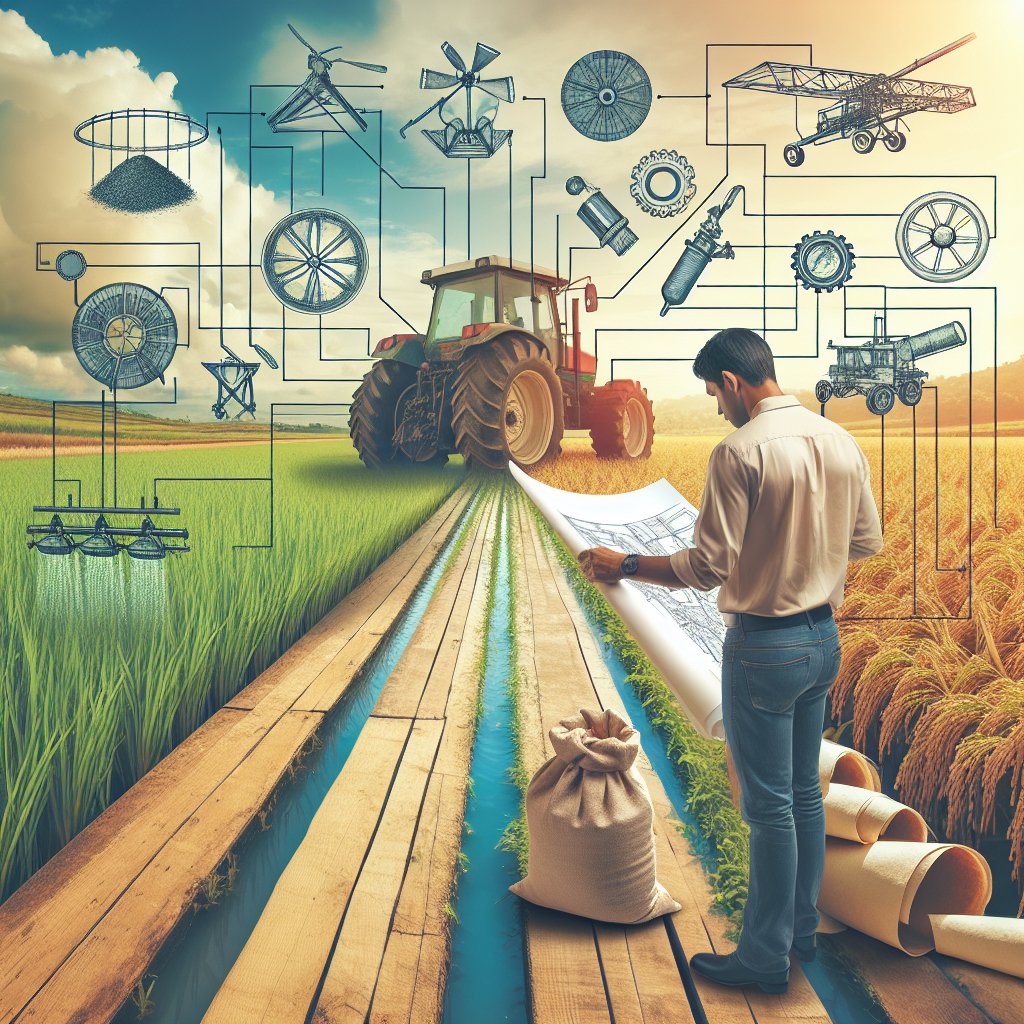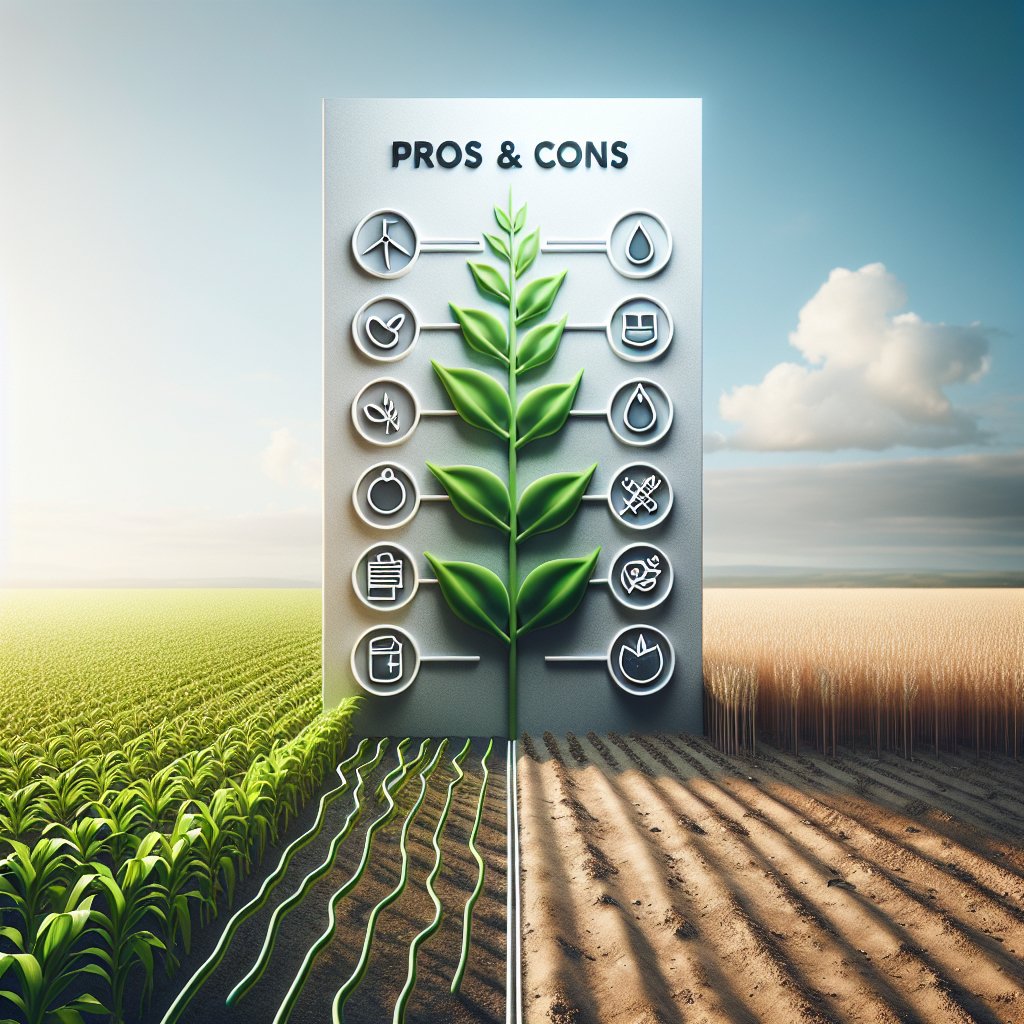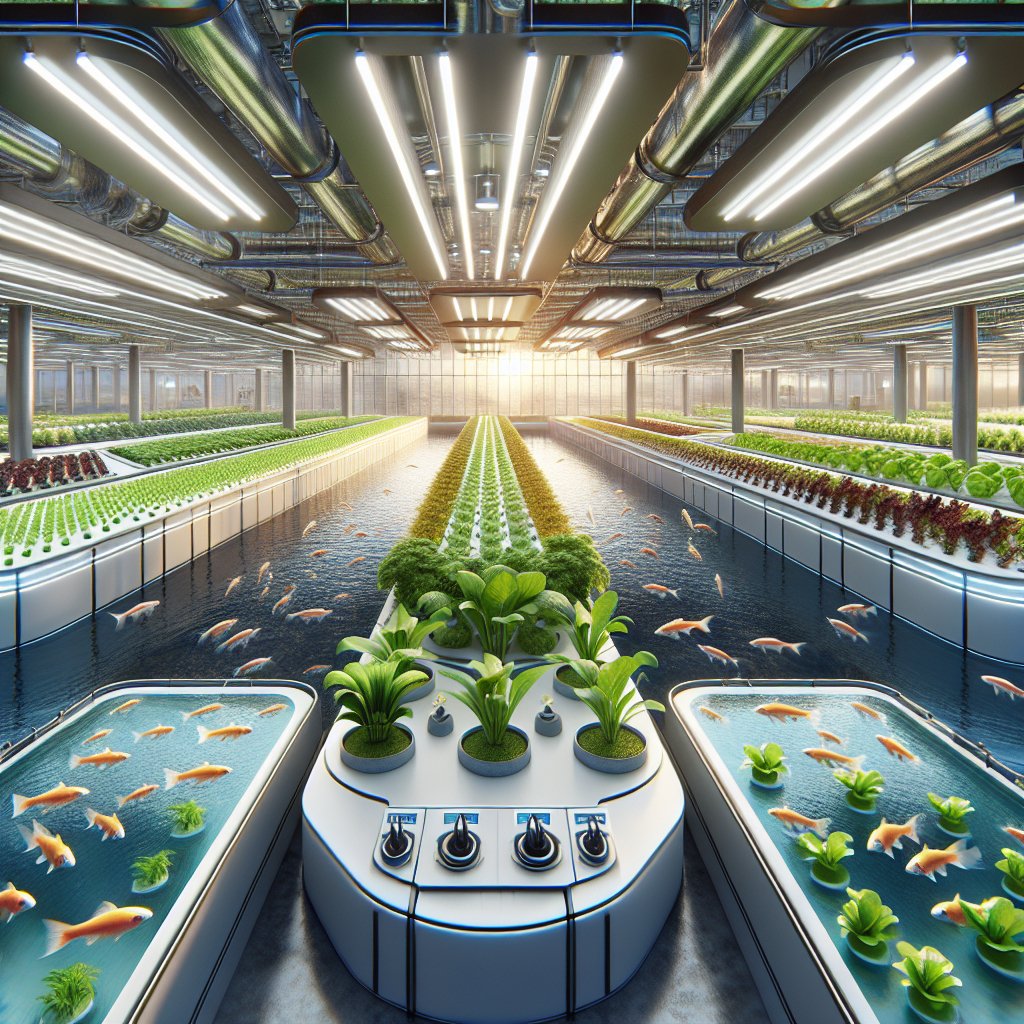Integrating livestock with crop farming is an age-old practice that has been gaining renewed attention in modern agriculture. This approach, often referred to as mixed or integrated farming, involves the simultaneous cultivation of crops and the rearing of animals on the same land. By combining these two agricultural practices, farmers can create a more sustainable and efficient farming system. This article explores the numerous benefits of integrating livestock with crop farming, highlighting how this method can enhance productivity, improve soil health, and contribute to environmental sustainability.
Enhanced Productivity and Resource Efficiency
One of the primary advantages of integrating livestock with crop farming is the potential for enhanced productivity and resource efficiency. By utilizing both plant and animal resources, farmers can maximize the output from their land. Livestock can provide manure, which is a valuable source of nutrients for crops, reducing the need for synthetic fertilizers. This natural fertilization process not only cuts costs but also promotes healthier soil and better crop yields.
Moreover, integrating livestock allows for more efficient use of land and resources. For instance, crop residues and by-products that would otherwise go to waste can be used as feed for animals. This reduces the need for external feed inputs and lowers the overall cost of livestock production. Additionally, animals can graze on cover crops or pastures, which helps manage weed growth and improve soil structure.
Another aspect of resource efficiency is the diversification of farm outputs. By producing both crops and livestock, farmers can spread their economic risk and increase their income streams. This diversification can be particularly beneficial in times of market volatility or adverse weather conditions, providing a buffer against potential losses.
Improved Soil Health and Fertility
Soil health is a critical component of sustainable agriculture, and integrating livestock with crop farming can significantly enhance soil fertility. The presence of livestock on a farm contributes to the natural cycling of nutrients. Manure from animals is rich in organic matter and essential nutrients such as nitrogen, phosphorus, and potassium, which are vital for plant growth.
When applied to fields, manure improves soil structure, increases water retention, and promotes the activity of beneficial soil organisms. These improvements lead to healthier soils that are more resilient to erosion and degradation. Furthermore, the integration of livestock can help maintain soil cover through the use of pastures and cover crops, reducing the risk of soil erosion and nutrient leaching.
In addition to providing nutrients, livestock can also aid in the management of crop residues. Grazing animals can help break down plant material, facilitating its decomposition and incorporation into the soil. This process not only recycles nutrients but also enhances soil organic matter, which is crucial for long-term soil fertility and productivity.
Environmental Sustainability and Biodiversity
Integrating livestock with crop farming can contribute to environmental sustainability by promoting biodiversity and reducing the environmental footprint of agriculture. Mixed farming systems often support a greater diversity of plant and animal species compared to monoculture systems. This biodiversity can enhance ecosystem services such as pollination, pest control, and nutrient cycling.
Moreover, integrated farming practices can help mitigate the environmental impacts of agriculture. By reducing the reliance on synthetic fertilizers and pesticides, these systems can lower greenhouse gas emissions and decrease the risk of water pollution. The use of cover crops and pastures in integrated systems also helps sequester carbon in the soil, contributing to climate change mitigation.
Additionally, integrating livestock with crop farming can promote more sustainable land use. By optimizing the use of available resources and reducing waste, these systems can help preserve natural habitats and reduce the pressure on land conversion for agricultural purposes. This is particularly important in regions where land is scarce or where natural ecosystems are under threat.
Challenges and Considerations
While the benefits of integrating livestock with crop farming are numerous, there are also challenges and considerations that farmers must address. One of the main challenges is the need for knowledge and skills to manage both crops and livestock effectively. Farmers must be familiar with the specific requirements of each component and understand how to balance their interactions to achieve optimal results.
Another consideration is the potential for increased labor and management demands. Integrated systems can be more complex than monoculture systems, requiring careful planning and coordination. Farmers may need to invest in additional infrastructure, such as fencing and water systems, to support livestock on crop farms.
Furthermore, there may be regulatory and market barriers to integrating livestock with crop farming. Farmers must navigate regulations related to animal welfare, manure management, and food safety. Additionally, market access for diversified products can be a challenge, particularly in regions where supply chains are geared towards specialized production systems.
Conclusion
Integrating livestock with crop farming offers a range of benefits that can enhance the sustainability and resilience of agricultural systems. By improving productivity, soil health, and environmental outcomes, mixed farming systems provide a viable alternative to conventional monoculture practices. However, successful integration requires careful planning, management, and a willingness to adapt to changing conditions. As the global demand for sustainable food production continues to grow, integrated farming systems are likely to play an increasingly important role in meeting this challenge.



